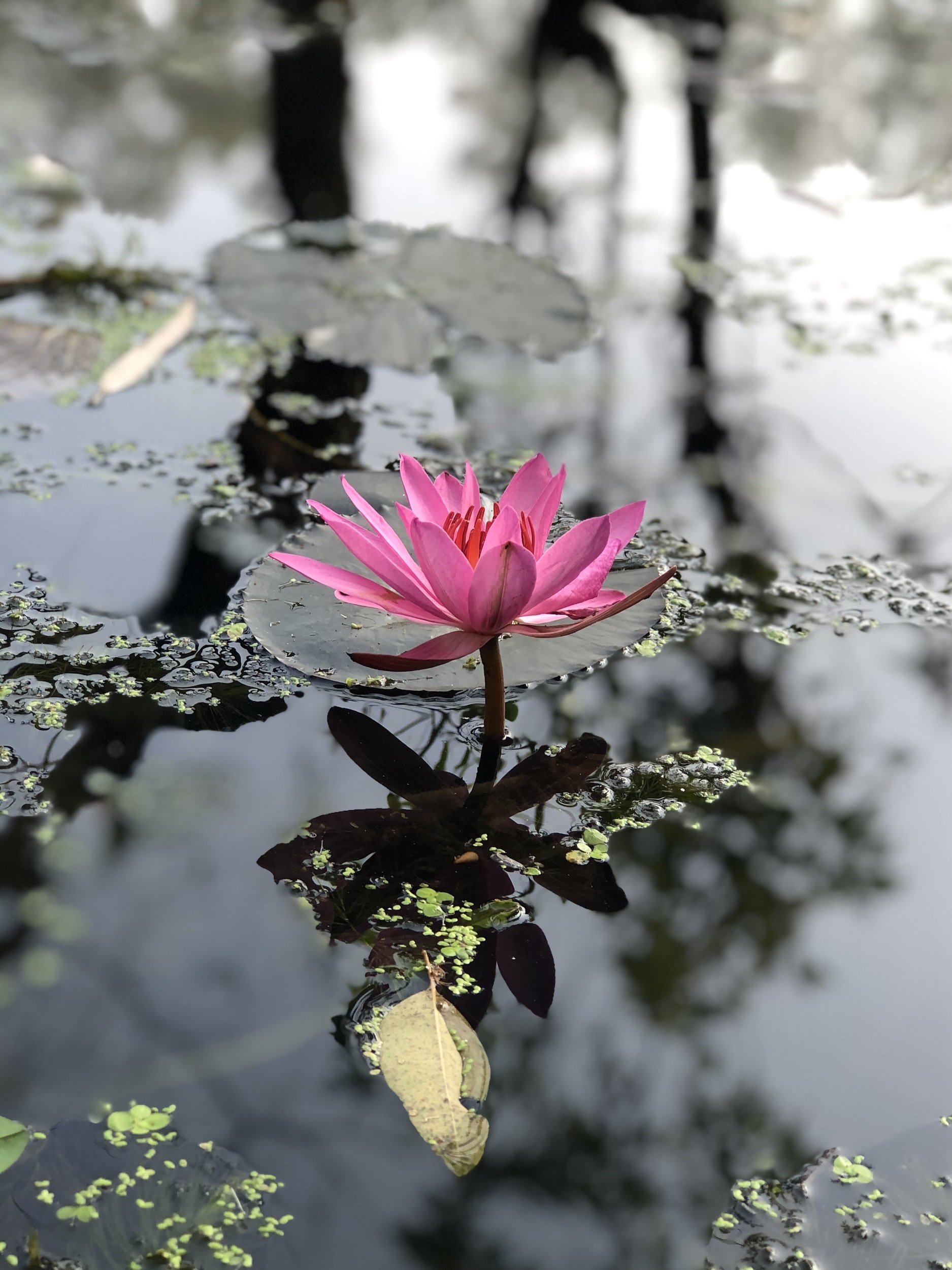Water Lilies vs. Lotus: Understanding the Differences and Delights
Water lilies and lotus are two beautiful aquatic plants that have captured the hearts and imaginations of people around the world for centuries. They are often used in ponds and water gardens for their beauty and ability to provide shade and shelter for aquatic life. But what are the differences between these two aquatic plants? And what makes them so fascinating? Let's dive in and explore!
Water Lilies
Water lilies belong to the Nymphaeaceae family and are native to temperate and tropical regions around the world. They are characterized by their round, flat leaves that float on the surface of the water, and their beautiful flowers that bloom in a range of colors, from white and yellow to pink and purple. Water lilies have an intricate system of roots that anchor them to the bottom of the pond or lake, and they absorb nutrients through their roots and leaves.
One of the most fascinating things about water lilies is their relationship with pollinators. Their flowers open during the day and close at night, and they release a fragrance that attracts bees and other insects. The insects then spread the pollen from flower to flower, allowing the plant to reproduce.
Lotus
Lotus belongs to the Nelumbonaceae family and is native to Asia and Australia. Like water lilies, lotus has round, flat leaves that float on the surface of the water. However, lotus leaves are typically larger and more robust than water lily leaves, and they have a unique ability to repel water and dirt, keeping them clean and free from debris.
The lotus flower is also unique. Unlike water lilies, lotus flowers stand tall above the water on long stems. The flowers are usually white or pink, and they have a distinctive shape, with multiple layers of petals that create a beautiful, symmetrical form. Lotus flowers are also important in many cultures around the world, and they are often used in religious and spiritual ceremonies.
Differences between Water Lilies and Lotus
While water lilies and lotus have some similarities, there are also several key differences between them. Here are a few:
Leaf shape and size: Water lilies have round, flat leaves that float on the surface of the water, while lotus leaves are typically larger and more robust, with a unique ability to repel water and dirt.
Flower shape and height: Water lily flowers float on the surface of the water, while lotus flowers stand tall above the water on long stems.
Reproduction: Water lilies rely on pollinators to reproduce, while lotus uses a more complex system that involves laying its seeds in the mud at the bottom of the pond or lake.
In conclusion, water lilies and lotus are two beautiful aquatic plants that have captured our hearts and imaginations for centuries. While they share some similarities, such as their round, flat leaves, and beautiful flowers, they also have several key differences. Understanding these differences can help you appreciate the unique beauty of each plant and create a stunning water garden that showcases the best of both worlds.


